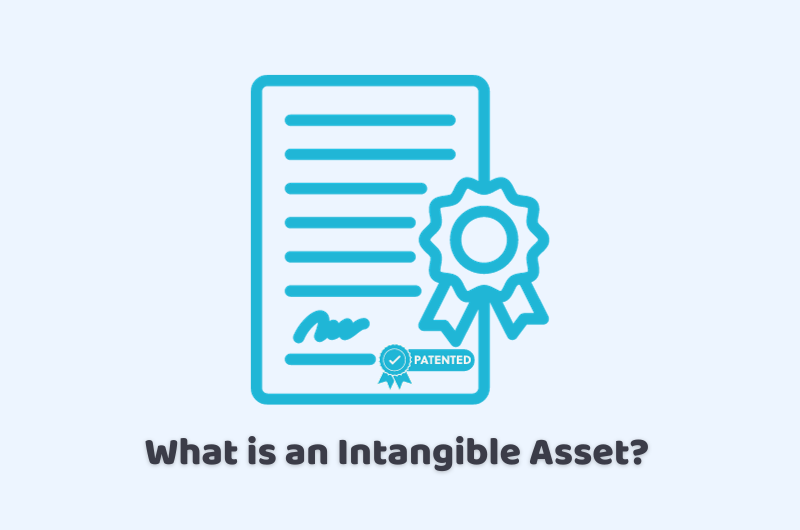
19/12/2023Business , Business Growth Ideas
Let’s dive into the fascinating world of what is an intangible asset. In the realm of finance and accounting, tangible assets are physical resources that hold value and contribute to a company’s operations. By understanding tangible assets, we can gain a deeper understanding of a company’s financial health, its ability to generate revenue, and its overall value. So, get ready to explore the tangible side of business with this guide.
Talk to one of our intelligent and clever professionals to get your further queries about intangible assets. We will ensure to come up with the best possible solution.
What is an Intangible Asset?
In the UK, intangible assets are recognised and accounted for following the International Financial Reporting Standards (IFRS). These assets can include things like patents, copyrights, trademarks, brand names, software, customer lists, and even contractual rights. It’s important for businesses to properly identify, evaluate, and account for their intangible assets, as they can greatly impact financial statements and the overall valuation of a company.
Types of Intangible Assets
In the UK, some of the main types of intangible assets include patents, which provide legal protection for inventions and innovations; copyrights, which protect original artistic and literary works; trademarks, which safeguard brands and their associated symbols or logos; and trade secrets, which are valuable confidential information that gives a business a competitive advantage. Additionally, there are also software licenses, domain names, customer lists, and brand names that contribute to a company’s intangible asset portfolio.
These intangible assets are crucial for businesses as they can enhance their reputation, market position, and overall value. It’s important to properly identify, value, and protect these assets to ensure their full potential is realised.
How to Value Intangible Assets?
This approach takes into account factors such as research and development costs, legal and registration fees, and other expenses associated with developing or acquiring the asset. It’s important to consult with a professional, such as a qualified appraiser or accountant, who specialises in valuing intangible assets to ensure an accurate assessment.
Intangible vs. Tangible Assets
Tangible assets are physical assets that have a physical form and can be touched or seen. Examples of tangible assets include buildings, machinery, inventory, and cash. These assets are typically easier to value as their worth can be determined through market prices or appraisals. On the other hand, intangible assets are non-physical assets that don’t have a physical presence but hold value for a company. These assets include things like patents, copyrights, trademarks, and brand names.
Valuing intangible assets can be more challenging as their worth is often subjective and can depend on factors such as market demand, brand recognition, and future earnings potential. Companies may need to engage in specialised valuation techniques, such as income or market-based approaches, to determine the value of their intangible assets. It’s important for businesses to properly identify and value both tangible and intangible assets as they contribute to the overall financial health and success of the company.
How are Intangible Assets Disclosed?
When it comes to disclosing tangible assets in a company’s balance sheet, they are typically listed under different categories. Additionally, “Investments” in tangible assets such as stocks, bonds, or real estate properties may also be disclosed separately on the balance sheet. Companies need to provide detailed information about their tangible assets, including their carrying value, any impairments, and any significant changes in their value.
The Bottom Line
In conclusion of the discussion on what is an intangible asset, we can say that tangible assets play a crucial role in a company’s balance sheet as they represent physical resources that hold value and contribute to the company’s operations. By disclosing tangible assets in the balance sheet, companies provide stakeholders with important information about the value and condition of their physical resources. It’s important for companies to accurately report the carrying value of tangible assets, any impairments, and any significant changes in their value to ensure transparency and accountability.
If you seek professional help to learn more about intangible assets in the UK, why wander somewhere else when you have our young and clever team of professionals at CruseBurke?
Disclaimer: The information about intangible assets provided in this blog includes text and graphics of general nature. It does not intend to disregard any of the professional advice.

